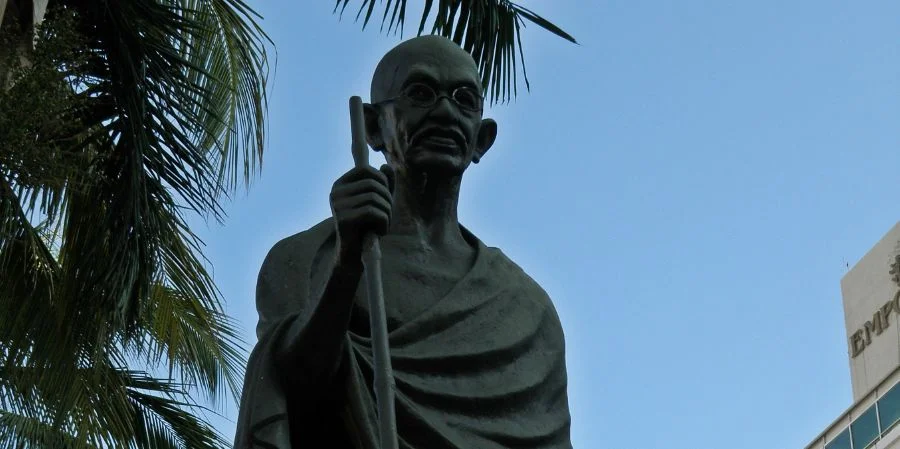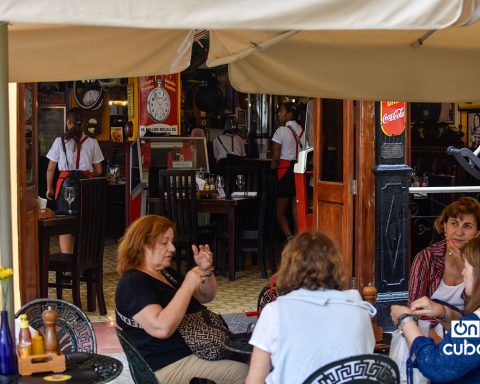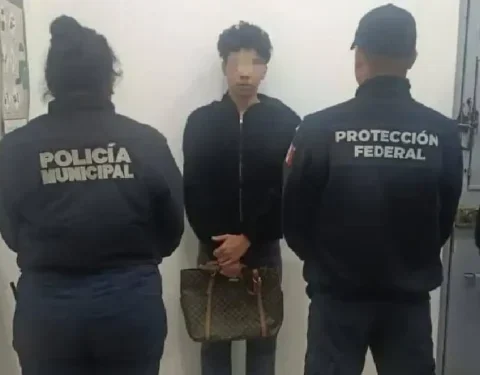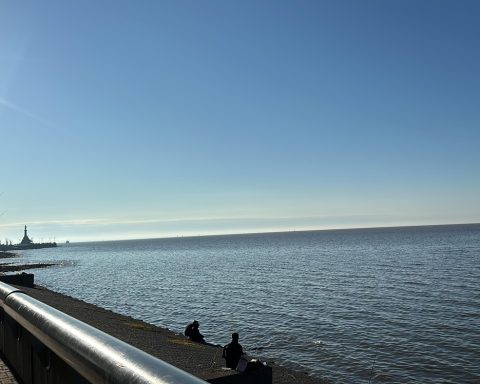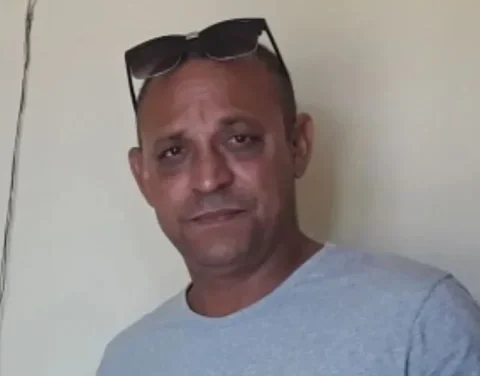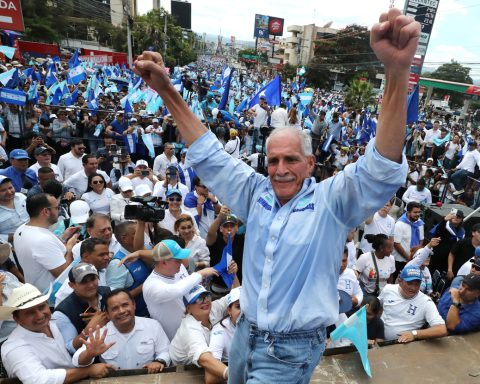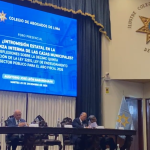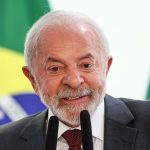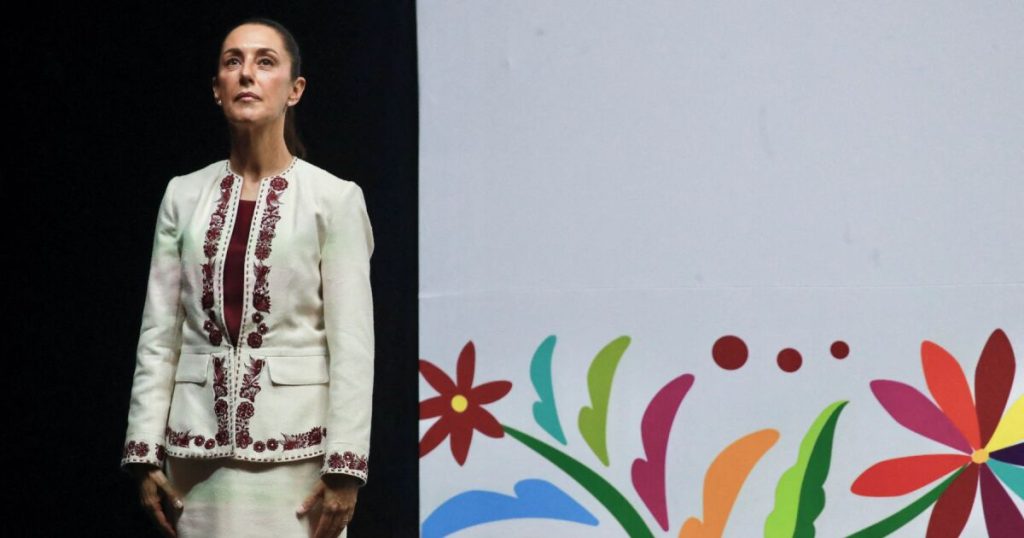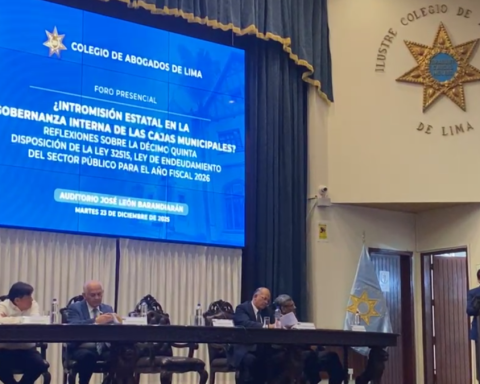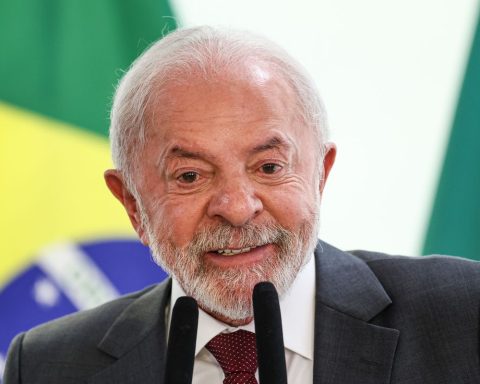MIAMI, United States. – This October 2 is commemorated around the world the 155th birth anniversary of Mohandas Karamchand Gandhito whom the poet Rabindranath Tagore gave the honorific name “Mahatma” (venerable soul) and his people called “Bapu” (father).
Gandhi trained in law in Inner Temple of London and was admitted, at the age of 22, to the Bar in June 1891. He moved to South Africa in 1893 to represent an Indian merchant in court and there he lived, raised a family and first employed the nonviolent resistance in a civil rights campaign to achieve equality between the Hindu immigrant population and the white population. He came to denounce in separate articles in his newspaper, the Indian Opinionthe discrimination that Indians suffered at the hands of the colonial regime.
The word “Satyagraha”, invented by Mohandas Gandhi and his movement on September 11, 1906, was announced to the world at the Empire Palace of Varieties Theater in Johannesburg, South Africa. Gandhi realized how it came about:
Shri Maganlal Gandhi was one of the contestants and he suggested the word “Sadagraha”, which means “steadfastness in a good cause”. I liked the word, but it didn’t fully represent the idea I wanted to convey. Therefore, I corrected it to “Satyagraha”. Truth (Satya) implies love, and firmness (agraha) engenders and therefore serves as a synonym for strength. Thus, I began to call the Indian movement “Satyagraha”, that is, “the force born of truth and love or non-violence”, and abandoned the use of the phrase “passive resistance” in relation to it, so much so that even in English writings we often avoided it and used instead the word “Satyagraha” or some other equivalent English phrase.
In 1915, at the age of 45, he returned to India and he soon set about organizing groups of peasants, farmers, and urban workers to protest discrimination and excessive land taxes.
He joined the Indian National Congress, of which he became its leader in 1920, and learned about the problems, the politics and the people. Gandhi adopted the liberal approach of Gopal Krishna Gokhale, based on the traditions whig British and transformed it to look like an Indian.
In 1920 he began to intensify his demands until On January 26, 1930, the Indian National Congress declared the independence of India.. The British did not recognize the declaration, but negotiations occurred and Congress assumed a role in the provincial government in the late 1930s.
in his book Hindu SwarajGandhi declared that the British Government had been established in India with the cooperation of Indians and had survived only because of that cooperation. If the Indians refused to cooperate, the British Government would collapse and independence would come.
On March 12, 1930, Gandhi took the first step on the challenging but peaceful path to the shores of Dandi, Gujarat, with the stated intent of violating salt laws. The 240-mile march took 25 days, and Gandhi spoke to often enormous crowds along the way. Thousands of Indians joined him in Dandi. When taking a handful of salt with his own hands, Gandhi was not aware of the impact that this simple and ordinary fact would have not only on his compatriots, but on the rest of humanity. It couldn’t be any other way, the essence was born in Gandhi inspired by Jesus of Nazareth himself. “There have been times when I didn’t know where to turn. I have turned to the Bible, in particular the New Testamentand I have received strength from his message,” he stated.
The seed was already sown. Just as impressive as that handful of salt collected by Gandhi is the defiant and civic gesture of a German worker in 1936., August Landmesser. Hitler was participating in the baptism of a new ship for the German Navy in the shipyards of Blohm und Voss from Hamburg; Hundreds of fanatical followers of the terrible Führer of the Third Reich greeted him warmly. Only Landmesser with his arms crossed was immortalized in a photograph that would since then be admired as an example of individual courage and conscientious objection. Perhaps if the majority of Germans then had just crossed their arms, humanity would not have had to regret the Holocaust and the millions of crimes that national socialism committed in the name of absurd racial superiority.
But of 1940 to 1945 the unusual case of Denmark He showed that when a people and their representatives close ranks around non-cooperation with an occupation regime like the Nazis, it is possible not only to resist it but also to win civic victories and finally exhaust it. The Danes managed to maintain a government for almost all those years that defended the interests of the country but also managed to save 8,000 of the 8,450 Jews registered in the country. Non-cooperation and non-violent civic resistance worked for them.
The impact and global success of the fighting methodology started by Gandhi at the end of the 19th century is also recognizable in the struggles of Martin Luther King Jr.. and its civil rights movement in those states that maintained racial laws already past the first half of the 20th century in the great North American Republic.
In Europe, behind the Soviet iron curtain, during events such as the Prague Spring and movements such as Carta 77, the Solidarity union, the Hungarian Democratic Forum, the Umweltbibliothek, the Environmental Library of the Zionskirche Lutheran Church stand out (which in communist Germany was an oasis of knowledge and freedom in which religious, young punksintellectuals and workers who sought change in the Russian protectorate of eastern Germany).
Also, the Concertation of Parties for Democracy that in Chile was able to civically dismantle, forcing a plebiscite to be held, the dictatorial government of Augusto Pinochet.
The spirit of Mohandas Gandhi’s struggle returned at the end of the 1980s to the streets of apartheid South Africa, convulsed by an armed conflict that had reached a dead end in which neither side could announce his triumph or prevail absolutely. It was the boycott, not only international, but also that of black South Africans led by Mkhuseli “Khusta” Jack of the United Democratic Frontwhich finally broke the segregationist Pretoria government, forcing it to dialogue and commit to eliminating the infamous racist system.
Chinese activists like Liu Xiaobo, Wei JingshengFang Lizhi or Ai Weiwei, the Tiananmen Square student protests in 1989 But even the most recent creation of the Tuidang protest movement bears the Gandhian non-violent imprint. The political struggle of María Corina Machado in Venezuela, her efforts and coherent non-violent civic action in the midst of a very difficult reality, in which a criminal gangster cartel has subjugated the entire society and trampled popular sovereignty owes a lot to the methodology of Gandhi’s fight.
Among us Cubans, who have so many violent impulses when it comes to resolving our differences, there is also hope and conviction that we will still be able to overcome the lack of freedom and rights that a tyranny, the oldest and fiercest in the Western Hemisphere, has imposed upon us. has stolen
From the resistance of thousands of prisoners who since the beginning of the 60s stood up and refused to collaborate with oppression in very difficult conditions at a high price, being light from the deep dungeons, through the struggles of the Cuban Committee for Human Rights of Ricardo Bofill, Gustavo and Sebastián Arcosthe initiatives to put the leading role in the hands of the people led by the Christian Liberation Movement and its leader Oswaldo Payáthe protests of many groups such as Ladies in White or the young artists who have joined non-violent efforts to achieve change in recent yearshas been and is a very long journey full of heroism and martyrology that is already bearing healthy fruits.
This is an effective way to put the communist regime on the ropes that refuses to understand that there is no way out or future for totalitarianism and unpunished crime among us and it is time for change. Gandhi, his spirit, the moral force of his mighty struggle is in the hands of his spiritual children, not only among us, but throughout the world.
Gandhi provided a powerful epigraph so that activists could apply it in the formulation of their strategies. Was adopted by Vaclav Havelwith its idea of living in the truth that led to the Velvet Revolution in Czechoslovakia, in 1989.
Use truth as your anvil, nonviolence as your hammer, and whatever does not stand the test when brought to the anvil of truth and struck with nonviolence, reject it. (Václav Havel)
Nonviolent resistance does not mean absence of violence. It is a brave decision to challenge the repressors using non-violent means. Telling the truth and resisting a violent adversary with non-violent means is not without risk, but it has a greater probability of success than violent resistance. Oswaldo Payá told the truth on July 20, 2012, when he denounced the fraudulent change of the dictatorship and offered a vision of real change in Cuba.
We, the MCL and the opposition, do not kill people, nor do we sabotage, nor do we exclude, everyone knows this, there is no need to clarify it. Our motto is “Freedom and Life”. We do not want power for ourselves, we want peace and rights for all, because where there are no rights there is no justice. (Oswaldo Payá)
This view is still relevant today. The price that Payá had to pay to tell the truth and act accordingly cost him and Harold Cepero their lives two days later, on July 22, 2012, when both were murdered by agents of the Cuban dictatorship. They were killed because with their sincerity and nonviolent resistance they threatened the continuity of the regime.
